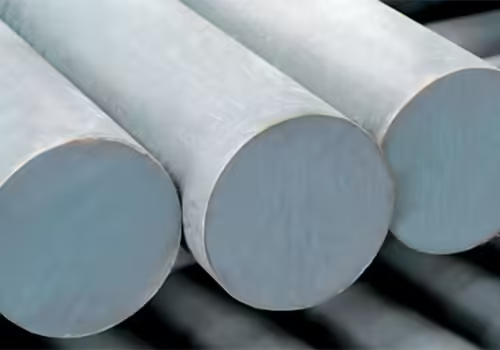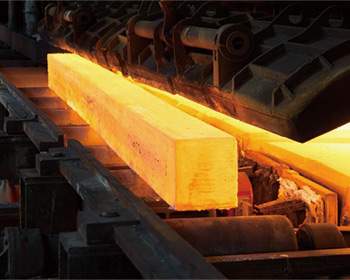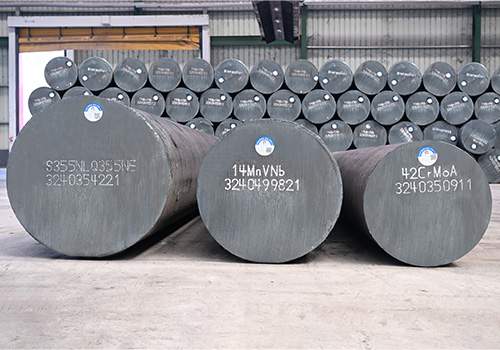
How to Select the Correct Steel Billet Sizes for Fabrication
Table of Contents
Introduction
Selecting the correct steel billet sizes is crucial in the fabrication process. Steel billets are semi-finished products used in various manufacturing processes, including rolling, forging, and extrusion. The size of the steel billet plays a significant role in determining the efficiency, cost, and quality of the final product. This comprehensive guide will walk you through the factors influencing steel billet sizes, how to choose the right sizes for your specific needs, and practical tips for optimal results.
Understanding Steel Billet Sizes

What Are Steel Billets?
Steel billets are solid, semi-finished pieces of steel, typically produced through continuous casting. They come in various sizes and shapes, such as square, round, or rectangular, and are used as the raw material for further processing into finished products.
Importance of Steel Billet Sizes
Steel billet sizes are critical because they affect the final product’s dimensions, strength, and overall quality. Choosing the wrong size can lead to inefficiencies, increased costs, and compromised product performance.
Factors Influencing Steel Billet Sizes
Application Requirements
The intended application of the final product often dictates the steel billet size. Different applications require specific dimensions to meet performance and structural requirements. For example, larger billets may be needed for heavy machinery components, while smaller billets may suffice for lighter applications.
Manufacturing Process
The fabrication process used will influence the required billet size. For instance, rolling processes typically require billets that are slightly larger than the final product dimensions, while forging processes may demand specific billet sizes to achieve desired shapes and properties.
Material Properties
The properties of the steel, such as its strength, ductility, and hardness, can affect the billet size needed. Higher strength materials may require more precise billet sizes to ensure proper processing and final product performance.
Cost Considerations
Steel billet sizes also impact the cost of production. Larger billets may be more expensive and may result in higher material wastage, while smaller billets might reduce material costs but could require more frequent handling and processing.
Production Equipment
The capabilities of your production equipment can dictate the suitable steel billet sizes. Equipment specifications, such as maximum billet dimensions and handling capacity, should be considered when selecting billet sizes.
How to Choose the Correct Steel Billet Sizes

Assessing Your Needs
Start by evaluating the specific requirements of your project. Consider the dimensions, strength, and properties needed for the final product, as well as the capabilities of your manufacturing equipment.
Reviewing Technical Specifications
Consult technical specifications and guidelines for your specific application. These documents can provide valuable insights into the recommended billet sizes for optimal performance and quality.
Calculating Billet Dimensions
Accurate calculations are essential for selecting the right billet size. Use engineering formulas and standards to determine the appropriate dimensions based on your product requirements and manufacturing process.
Consulting with Suppliers
Engage with steel billet suppliers to discuss your needs and get recommendations. Suppliers can offer expertise on suitable sizes, available grades, and potential cost implications.
Testing and Verification
Before committing to a particular billet size, conduct tests and trials to verify that the chosen size meets your requirements. This step can help ensure that the final product will perform as expected and meet quality standards.
Comparing Steel Billet Sizes

Here’s a table comparing different steel billet sizes and their common applications:
| Billet Size | Shape | Common Applications | Advantages |
|---|---|---|---|
| 100mm x 100mm | Square | Structural components, machinery | High versatility, ease of handling |
| 150mm x 150mm | Square | Heavy machinery, industrial use | Suitable for larger components |
| 50mm Diameter | Round | Automotive parts, small fittings | Compact size, easy to process |
| 75mm Diameter | Round | Precision tools, small shafts | Balance between size and strength |
| 200mm x 100mm | Rectangular | Construction beams, large parts | Ideal for larger structures |
FAQs
What factors should I consider when selecting steel billet sizes?
When selecting steel billet sizes, consider the intended application, manufacturing process, material properties, cost considerations, and the capabilities of your production equipment.
How does billet size impact the final product?
Billet size affects the dimensions, strength, and quality of the final product. Choosing the correct size ensures efficient processing and meets performance requirements.
Can I use a larger billet size than needed?
Using a larger billet size can lead to increased material costs and wastage. However, it might be necessary for certain applications where precision and specific dimensions are crucial.
How do I determine the optimal billet size for my application?
Evaluate your project’s requirements, review technical specifications, calculate the required dimensions, consult with suppliers, and perform testing to determine the optimal billet size.
Are there standard sizes for steel billets?
While there are standard sizes for steel billets, customization is often available to meet specific requirements. Consult with suppliers to find or create billets that match your needs.
How do billet sizes affect the cost of production?
Billet sizes impact material costs and processing efficiency. Larger billets may be more expensive and result in higher wastage, while smaller billets may reduce material costs but could increase handling and processing requirements.
What should I do if my chosen billet size doesn’t meet requirements?
If the chosen billet size doesn’t meet requirements, adjust your selection based on revised calculations or consult with suppliers for alternative sizes or solutions.
Can billet size affect the strength of the final product?
Billet size itself doesn’t directly affect strength, but selecting the appropriate size ensures proper processing and material properties, which in turn influences the strength of the final product.
How can I verify the quality of steel billets?
Verify the quality of steel billets through supplier documentation, material certification, and testing samples. Ensure that the billets meet the required specifications and standards.
What is the role of suppliers in choosing the right billet size?
Suppliers provide expertise and recommendations on suitable billet sizes, grades, and potential cost implications. Engaging with suppliers can help ensure that you select the most appropriate size for your needs.






